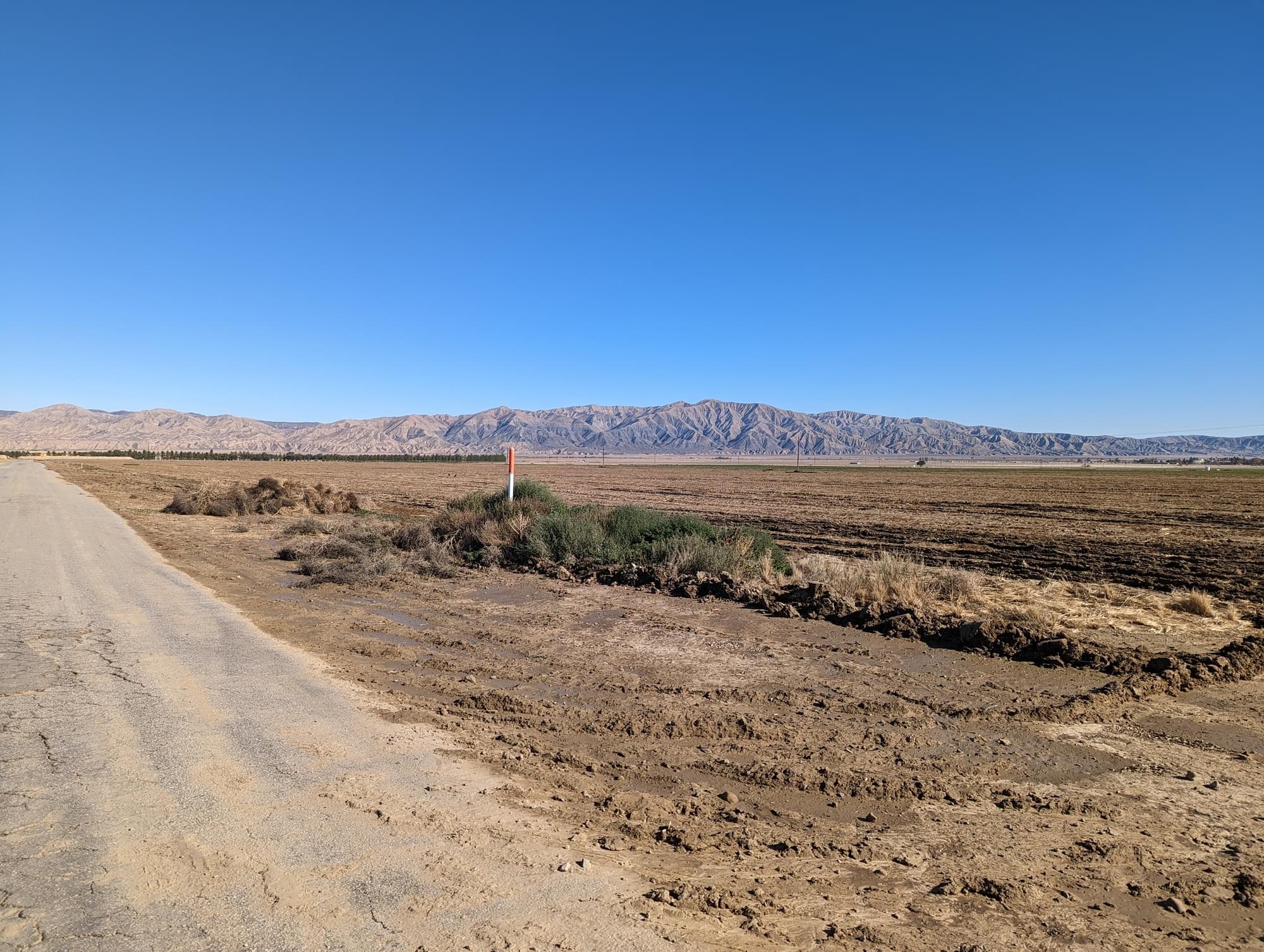Cuyama Valley farm land south of 166 (including Bell, Foothill, and Kirschenmann Roads)

Cuyama Valley farm land south of 166 (including Bell, Foothill, and Kirschenmann Roads)
New Cuyama, California 93254
Tips for Birding
Bell and Foothill Road are the best way to explore the agricultural areas and grasslands of the Cuyama Valley. Enter Bell Road from the intersection with 166. Follow Bell Road until you turn left onto Foothill Road, which you can then follow all the way to 33. Or do this backwards. The shoulder is wide enough to park the car alongside the road in most locations. Do not stray from the road, as the surrounding land is private.
Driving along Foothill Road, you will also pass by the dairy, which has its own hotspot.
Birds of Interest
Winter tends to be the most interesting time, when there can be hundreds of Horned Larks to pick through in search of longspurs, Ferruginous Hawks can number half a dozen, and Mountain Bluebirds sometimes appear. Look through the large flocks of sparrows in winter, as they have contained Brewer's and Vesper.
In addition to the winter species mentioned above, Prairie Falcon is present year-round, as is Bell's Sparrow. Other notable records include Lesser Nighthawk (spring), Swainson's Hawk (spring), Short-eared Owl (March), Sage Thrasher (March), and Black-throated Sparrow (March).
About Cuyama Valley
See all hotspots at Cuyama Valley
Cuyama Valley offers a range of habitats, many of which are not found elsewhere in Santa Barbara County.
The valley itself has grasslands and croplands and can be birded from many roads such as Bell and Foothill Road, Aliso Canyon Road, Wasioja Road, and Cottonwood Canyon. This area has hundreds if not thousands of Horned Larks in winter, and the occasional longspur. Winter brings Ferruginous Hawks and Mountain Bluebirds. In spring, the valley becomes a stopover point for migrating Swainson's Hawks, with as many as 74 seen at one time! Note that most land in the valley is private, so do not venture beyond the roadside.
The canyons east of the valley offer desert habitat and species like Black-throated Sparrow, Bell's Sparrow, Black-chinned Sparrow, and Scott's Oriole. The best hotspot here is Ballinger Canyon. Nighthawks can be heard here in early spring mornings. Santa Barbara Canyon offers some of the same species, especially Bell's Sparrow and Scott's Oriole.
To the south of the valley are the foothills of the Sierra Madre. These can most easily be accessed at Aliso Park and Bates Canyon. Many songbirds breed here, including Cassin's Vireo and Black-throated Gray Warbler. Six owl species have been recorded here, and Common Poorwills are regular, especially in spring. The upper reaches of Bates Canyon have Brown Creeper and sometimes Golden-crowned Kinglets, and in the high-altitude chaparral, Bell's Sparrow and Black-chinned Sparrow.
A few ponds attract shorebirds and ducks, including New Cuyama Water Treatment Plant, Quatal Canyon, and what is referred to as the "nighthawk pond" on State Road 33. These also attract dozens of nighthawks in late summer, at dusk. Caliente Ranch Wetland is a natural depression on farmland, and attracts ducks and sometimes shorebirds when there is water (usually after the winter rains).
Since the valley is mostly tree-less, patches of trees attract passerines year-round, and particularly during migration. Check out Quatal Canyon, Richardson Park, and Santa Barbara Pistachio.
Dry Canyon has one of the few patches of Pinyon Pine in Santa Barbara County. A small patch of pine forest can also be found at Miranda Pine Campground.
The Cuyama Dairy attracts hundreds of blackbirds, often including Tricolored.
Features
Roadside viewing
Restrooms on site
Content from Linus Blomqvist and Linus Blomqvist
 Bell and Foothill Road
Bell and Foothill Road